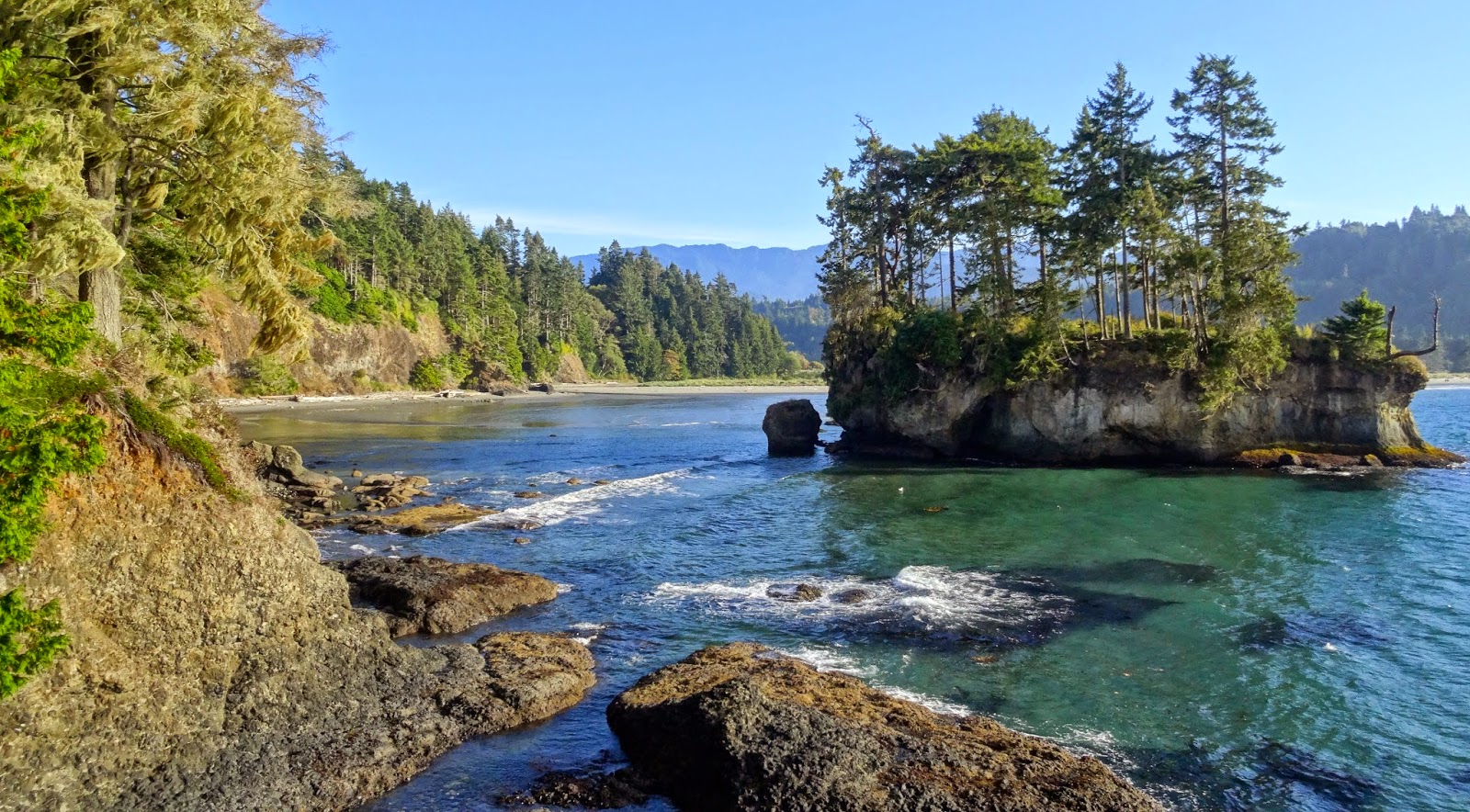We’ve been getting an RV load of spam comments on our blog lately. Spam has shown up the entire seven years this blog has existed, but lately it’s ridiculous.
What is even odder to me (and if anyone out there knows the reason for this, let us know) but most bogus comments list a single post as the one they supposedly read and commented on: a post about a trip to San Antonio, Texas.
The blogging service we use is pretty good about directing these comments to a spam file, so usually no one sees them except us. And reading them can be entertaining.The majority appear to be from non English speakers who put their message into an inferior Internet translation page, then type in the results with even worse keyboard skills.
A few verbatim snippets:
--Every weekend i used to pay a visit this web page, for the reason that i want enjoyment, for the reason that this this website conations actually fastidious funny information too.
--Generally I do not read article on blogs, however I wish to say that this write-up very pressured me to check out and do so! Your writing taste has been surprised me.
--I just stumbled upon your web site and in accession capital to assert that I get actually enjoyed account your blog posts.
Others are nonsensical considering that we've often posted photos of food.
--We are a society that does not seek to take ownership and responsibility. Somehow it was nice to have a choice whether to eat or not to eat.
There are plenty more, but you get the idea.
As I understand it, software exists that will (for a cost) send out millions of spam comments with a “personalized” message like those above. You purchase the software, use a template to write your message, the software supposedly fills in the blanks, and voila: a legit-sounding comment. Obviously easier said than done.
The comments include a web address, but the rule of thumb for the blogger is to never click on it. If you do, in a best case scenario it will take you to a harmless ad. In a worse case scenario your computer gets a virus. We never click. But if even a few folks do, the spammer gets a financial reward.
I find it all so unlikely to be successful, kind of like the scam telephone calls my Mom’s gotten lately. In one, a kid called her “Grandma” and asked her to send him money because he was in trouble. In the other a man told her my Dad -- who died in 1970 -- needed to call the IRS about tax fraud.
The only clicking on those happened when Mom hung up the phone.























































